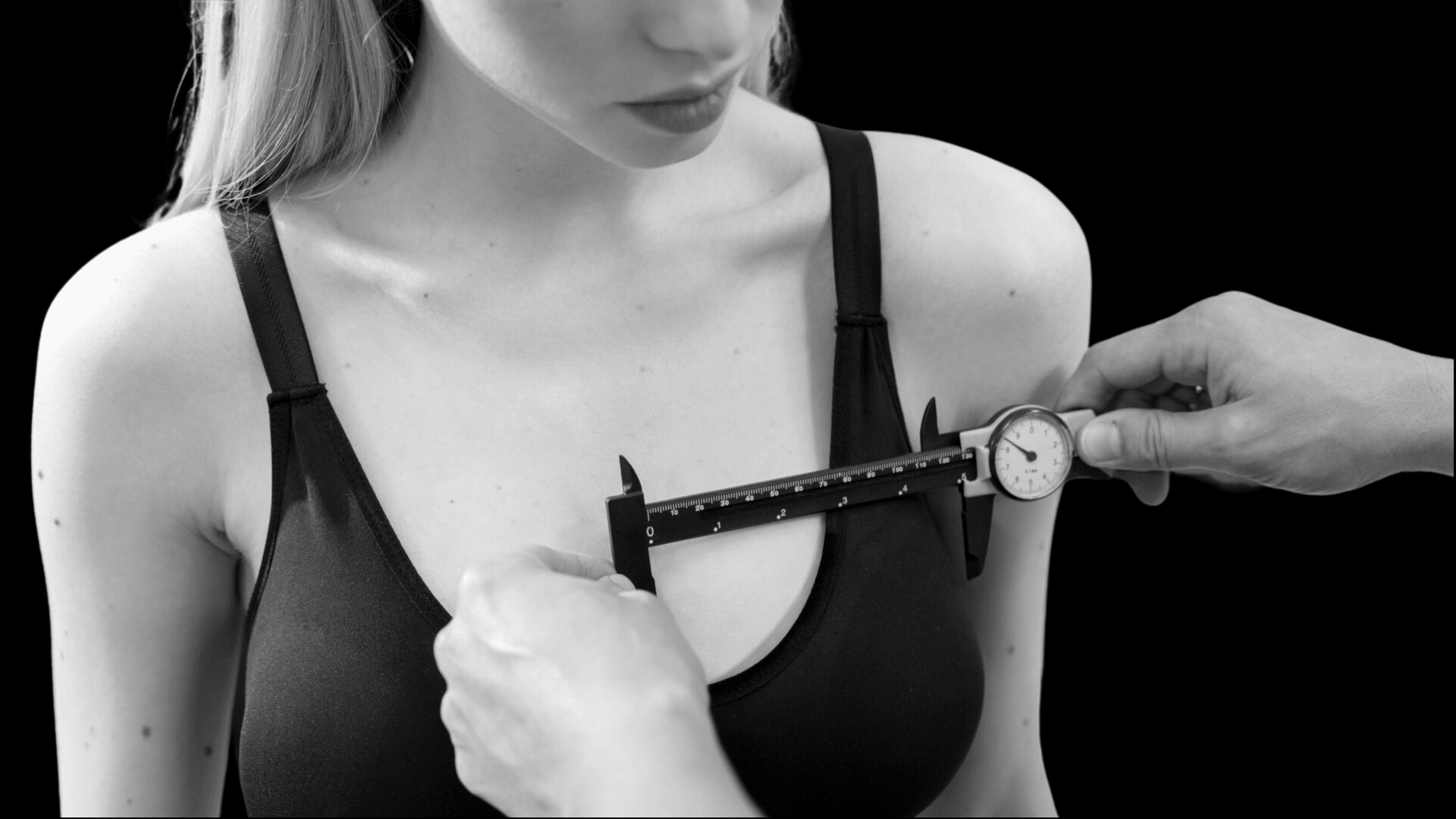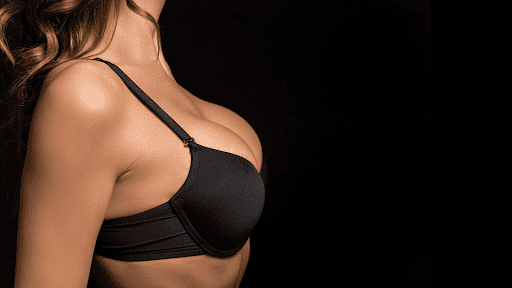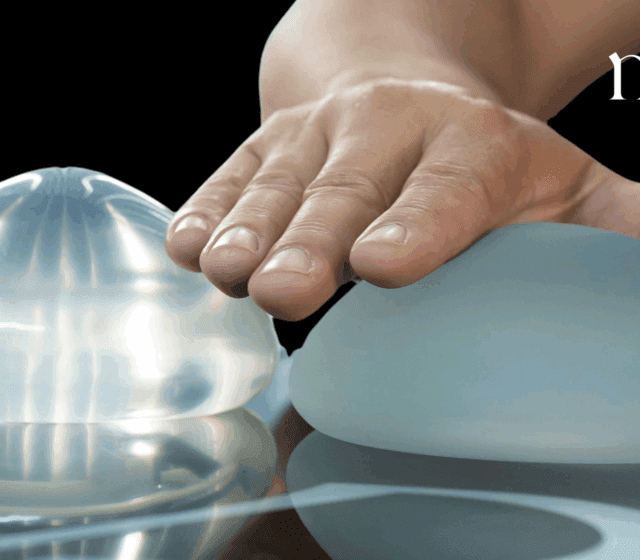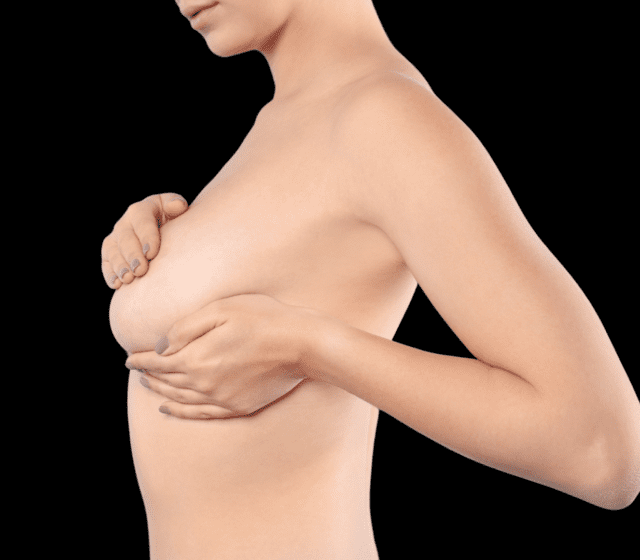09 May 2023
Breast Augmentation with Fat Transfer: Procedure, Recovery, Outcomes & Risks
News

While breast augmentation procedure with breast implants is quite popular, have you heard of breast reconstruction or breast augmentation with fat transfer?
Fat transfer breast augmentation utilises the body’s own fat. Autologous fat transfer, commonly known as fat grafting, is a surgical procedure that can volumise your breasts. Dr Rory uses Bodyjet Liposuction to harvest fat from different body parts and use it in the fat grafting process. The transferred fat replaces the lost volume and enhances breast contours, giving a natural feel to breasts.
Let’s understand how this innovative method of breast augmentation works.
An Overview of fat transfer breast augmentation
In fat grafting, a surgeon removes fat from a specific part of your body (known as the donor site), liquefies it, and injects it back into your breasts to enhance their shape and size.
This method is less invasive than other breast augmentation or reconstruction procedures, and patients prefer it because it uses the body’s fat to volumise breasts with or without implants.
Who is a good candidate for fat-transfer breast augmentation?
A good candidate for fat-transfer breast augmentation is typically someone who:
- Is in good overall health and has realistic expectations about the outcome of the procedure.
- Has adequate fat deposits in other areas of the body, such as the abdomen, thighs, or buttocks, to be used for the transfer.
- Wants a modest increase in breast size, up to one or two cup sizes.
- Has good skin tone and elasticity, as the procedure does not lift sagging breasts or improve the appearance of stretched skin.
- Does not smoke, as smoking can negatively affect the body’s ability to heal.
It’s crucial to consult a qualified plastic surgeon like Dr Rory to determine if you are a good candidate for fat-transfer breast augmentation. He evaluates your medical history, physical health, and desired outcome to determine if this procedure is appropriate for you.
Fat transfer procedure stages
The breast augmentation procedure via fat transfer procedure primarily involves the following stages or steps
- Fat harvest: The surgeon creates tiny incisions and removes fat through liposuction using a blunt-tipped cannula. Different methods can be used, including tumescent liposuction or energy-assisted options like Bodyjet liposuction and VASER lipo.
- Fat filtration or purification: The fat is separated from the tumescent fluid and blood, leaving pure fat for transfer. A gravity-filtration system is used, and the purified fat cells are often washed with an antibiotic solution before being transferred to smaller cannulas or syringes for injection.
- Transfer and injection: A small cannula is used to reduce the risk of bruising, and the fat cells are injected into the breast tissue to create a symmetrical, natural shape. Multiple injections are placed in the superior and superomedial areas of the breasts.
Finally, patients are advised to wear a post-surgery bra and compression garment for the liposuctioned areas to reduce swelling and provide support for healing tissues. The procedure can take two to six hours, depending on the volume of fat and the surgeon’s experience.
Fat transfer recovery time
The recovery time for fat transfer varies depending on the individual’s condition and the extent of the procedure. Most patients can generally return to work within a few days after the procedure. However, avoiding strenuous activities and exercising for at least two to four weeks is recommended to allow for proper healing.
Swelling and bruising may occur for several weeks following the procedure, but these symptoms typically subside over time. Patients should follow their surgeon’s post-operative instructions carefully to ensure a safe and speedy recovery.
What to expect:
Risks, benefits and outcomes of the fat transfer procedure
There is minimal risk of bleeding, infection and temporary effect of anaesthesia. Bodyjet liposuction and fat transfer are done with less than 4mm incisions making it very safe.
One of the major benefits of using the Bodyjet system for fat transfer is its ability to maximise the survival rate of transferred fat. This is because the system is specifically designed to optimise the acquisition of a new blood supply by the transferred fat, ensuring that it thrives in its new position. Using the Bodyjet system, the amount of fat that survives can be significantly increased, resulting in more effective and longer-lasting results. With a survival rate of up to 60%, the overcorrection that is typically required with other methods can be minimised, reducing the overall risk and increasing the benefits of the procedure.
Outcome
- The outcome of the fat transfer procedure can vary from patient to patient and depend on factors such as the amount of fat transferred and the patient’s skin elasticity.
- Patients may expect a modest increase in breast size and improved contour and shape.
- The results of fat transfer breast augmentation are generally long-lasting, but weight fluctuations or ageing can affect the appearance of the breasts over time.
Are you planning to have breast augmentation? Book an appointment with Dr Rory McGoldrick and learn more about the benefits, pros-cons and whether you are a candidate for fat transfer breast augmentation.















